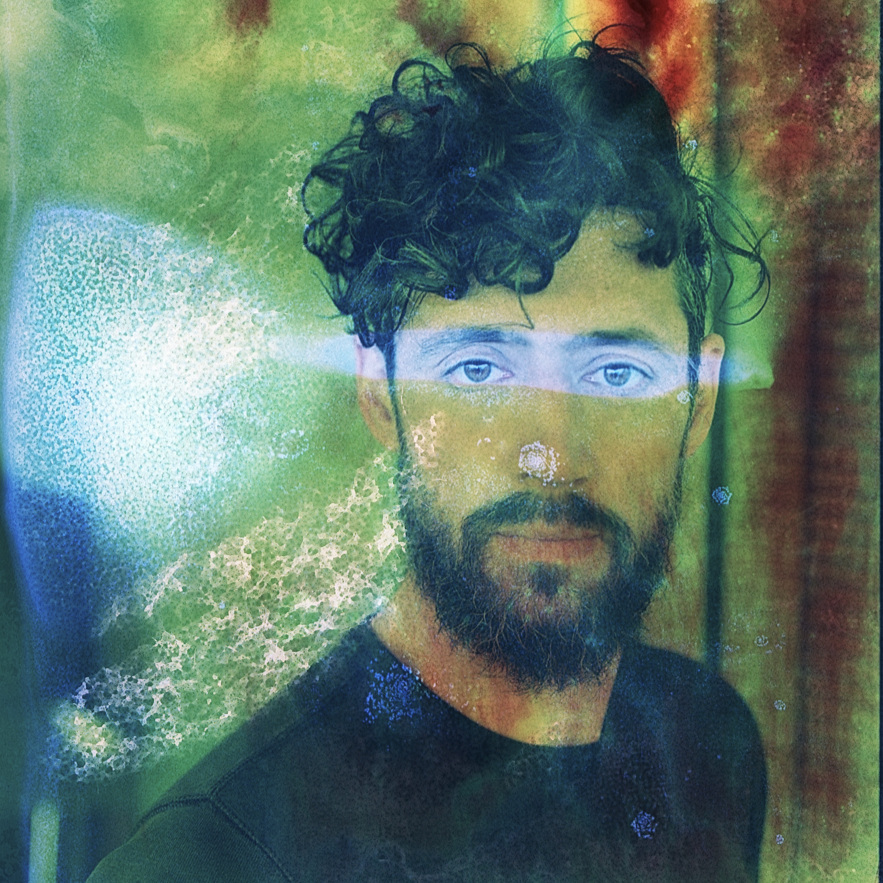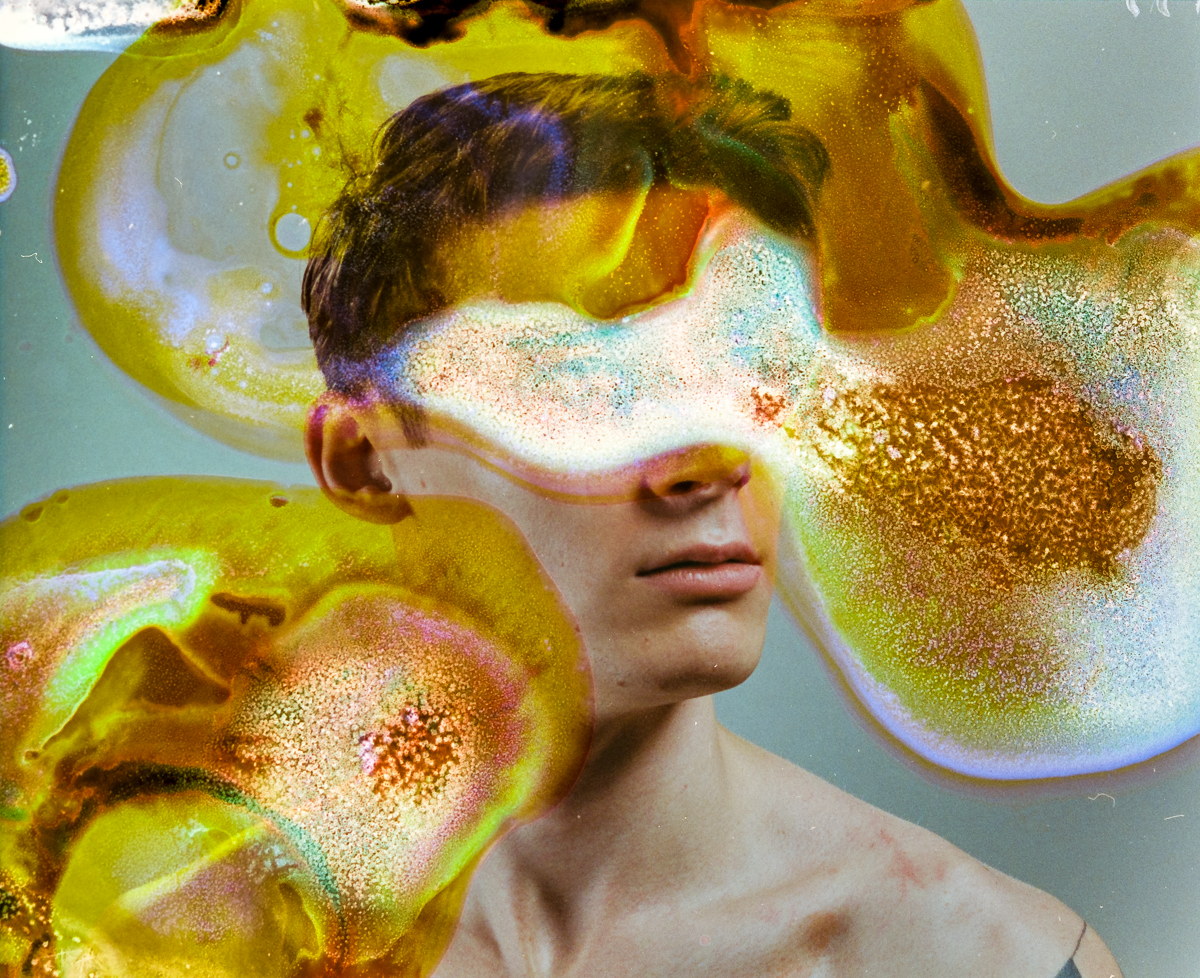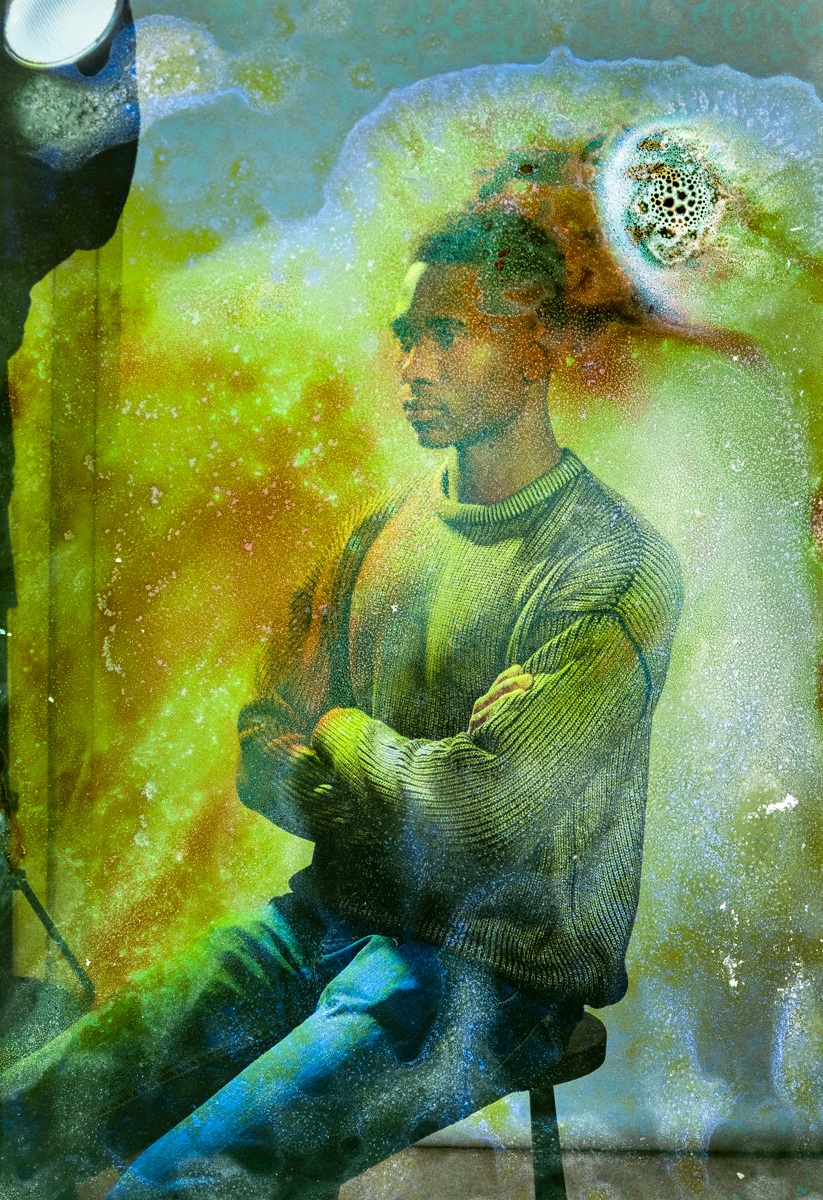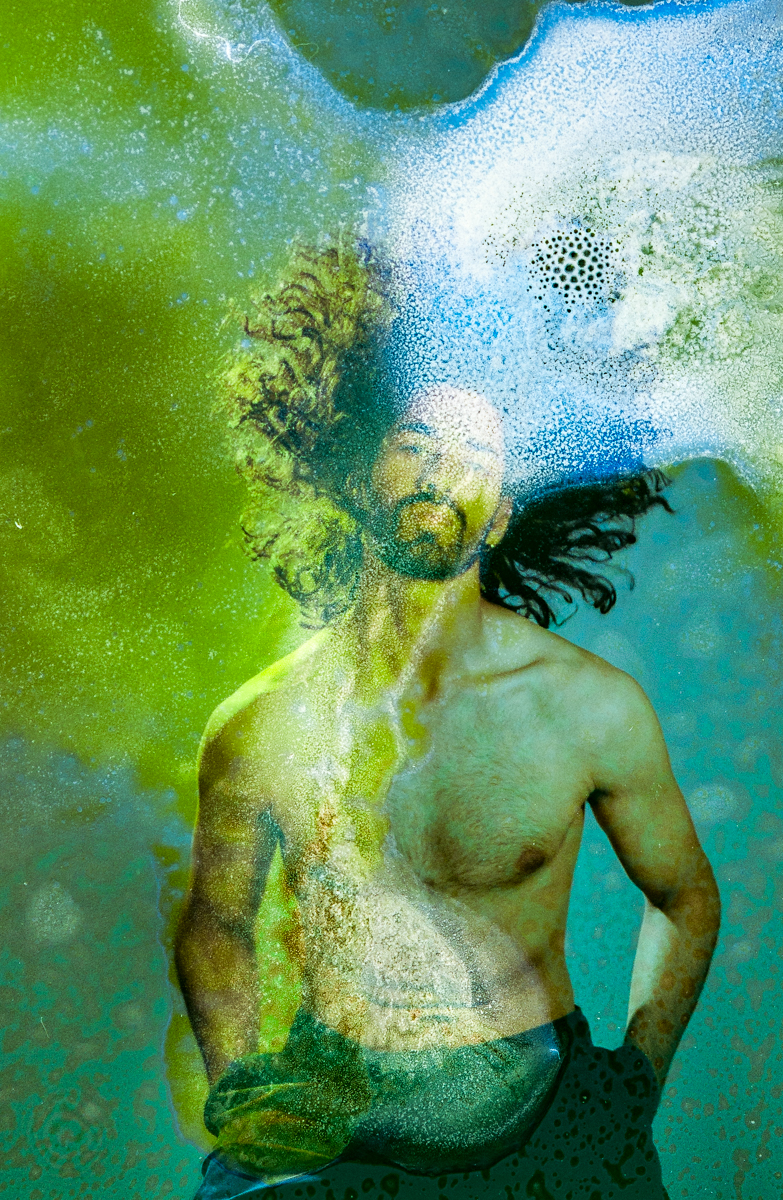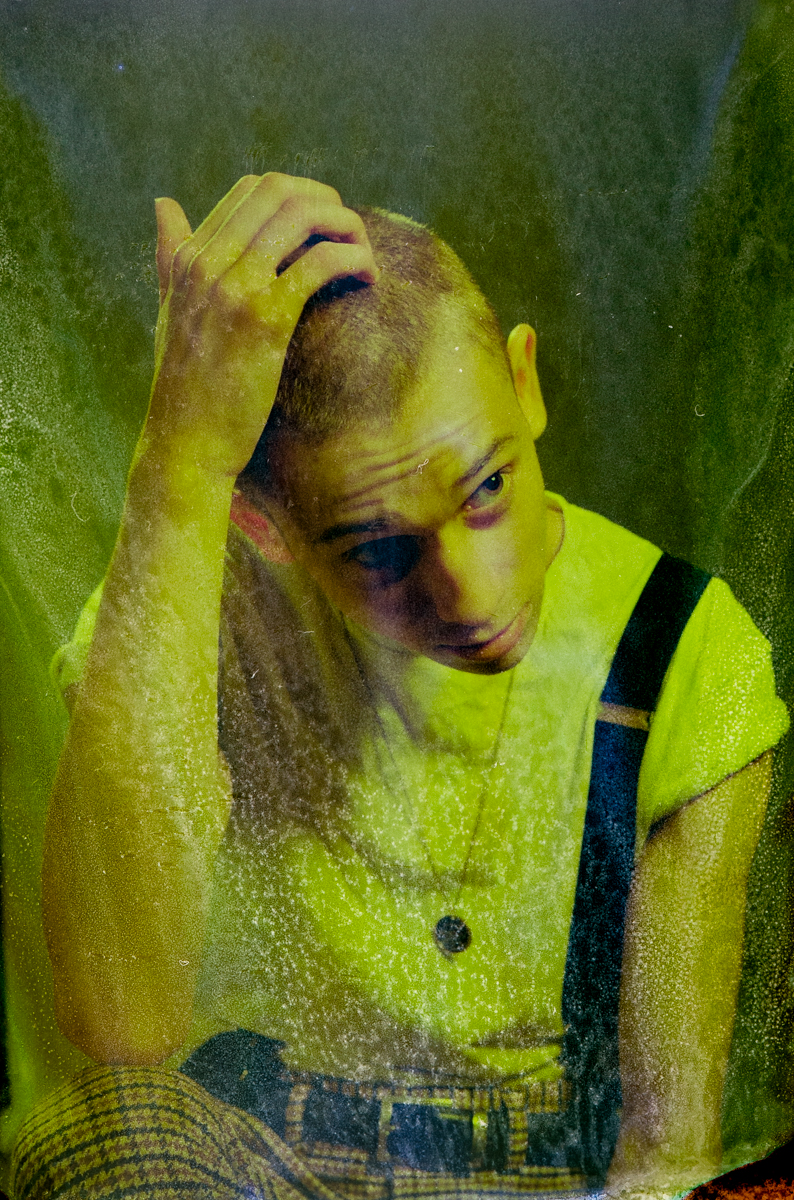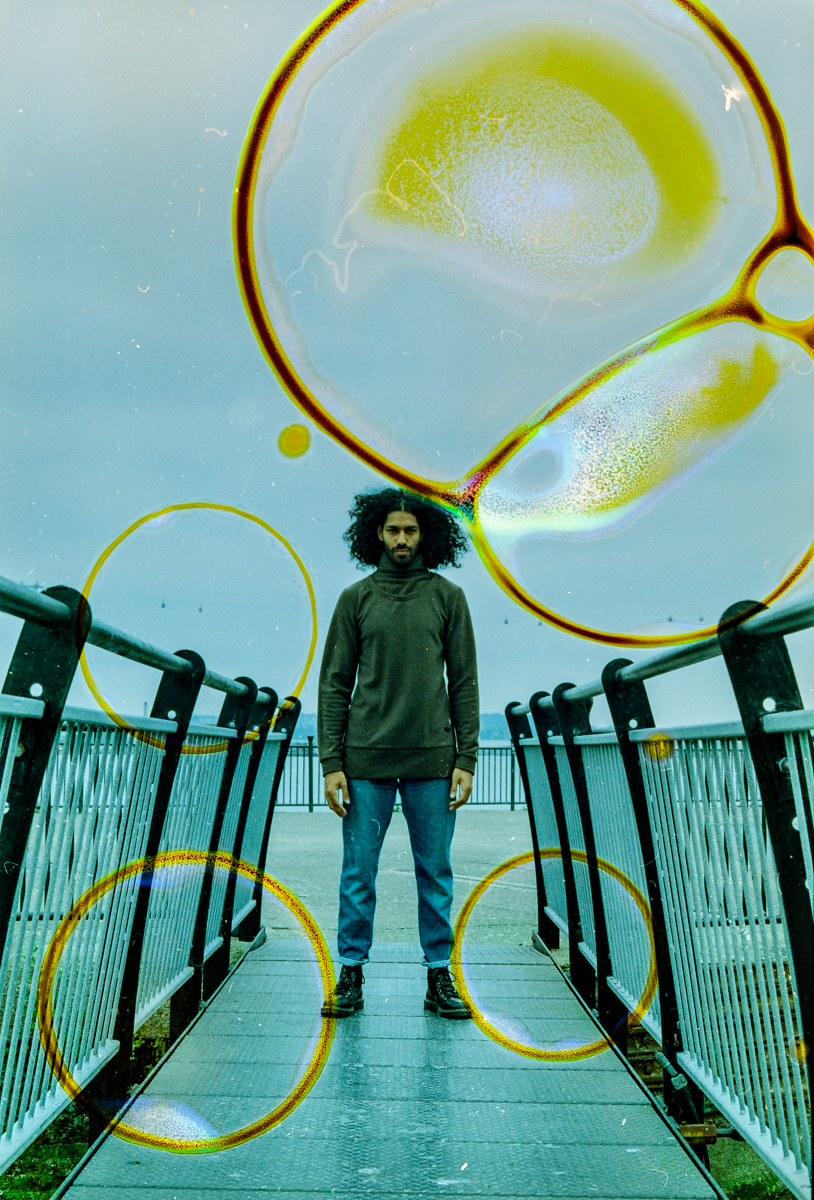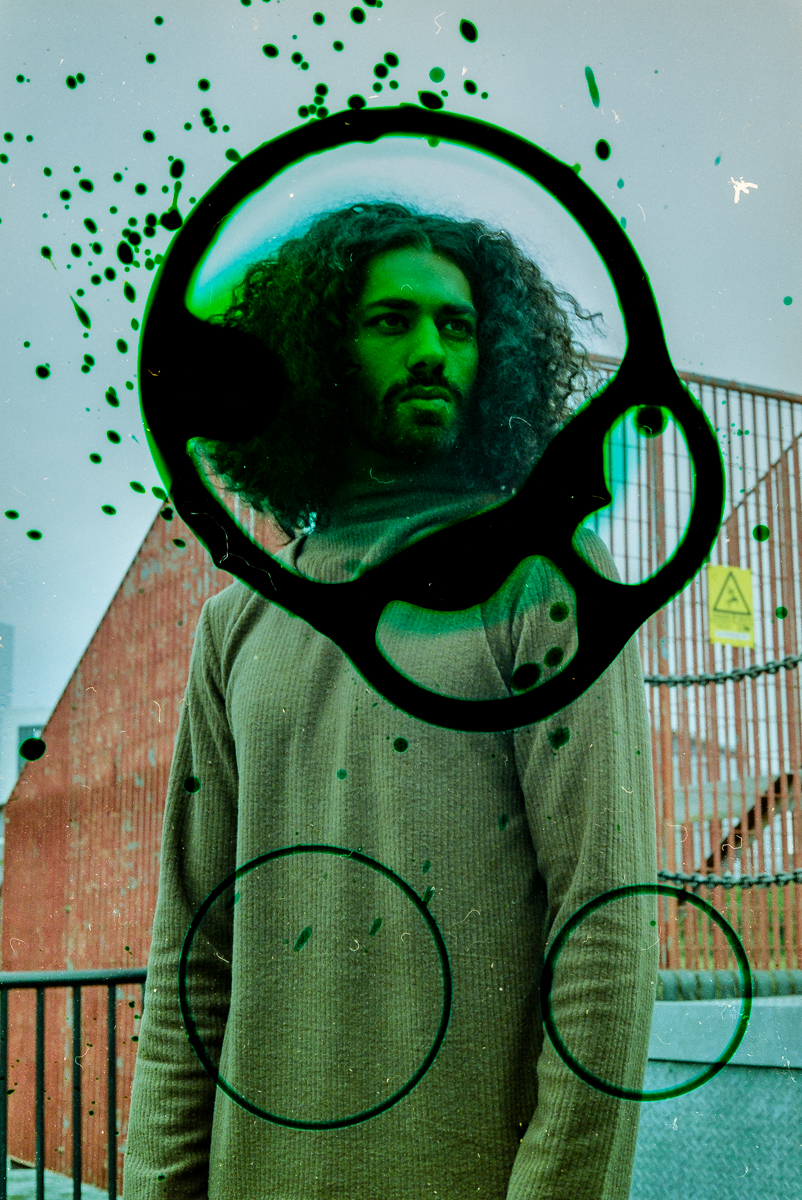Ansel Adams is often credited with saying “We don’t take photographs, we make them”, and this phrase has never been more accurate than in my latest photography project in collaboration with The Trampery. I took portraits of members of their community and explored how working in a creative environment surrounded by a supportive group contributes to the success rate of entrepreneurs and their well-being. I shot the portraits on film and distressed them using household chemicals. The project title is a play on words, "distress" being the technique used to create the images about the "de-stressing" offered in the supportive environment created by the co-working space.
Before becoming part of The Trampery community, I had been working from home since I launched my business. Working from home offered me all the comfort that working in your pyjamas can give you, but it also came with a high price to pay in the form of isolation. I had been considering working from a shared space for almost a year, but I was never able to make up my mind about it. I was under the impression that working from a co-working space would decrease my productivity. I believed that these type of spaces lacked privacy and were crowded, noisy and full of distractions. However, the experience at The Trampery has been the complete opposite and, like most of the participants in the project expressed, being part of a creative community like this one keeps me inspired and has made me grow both personally and professionally.
When you have a group of highly creative and motivated people in the same space, the synergies between the members of the group produce an environment where they can thrive. When interviewed, the majority of the participants in the project agreed that the combination of a supportive community with a space in which the primary purpose is to make great work contributes to keeping them motivated and energised throughout the day. Being in contact with people from diverse cultures and backgrounds working in different ventures and industries, with whom you can bounce ideas around, gives you a different perspective on your challenges, expands your way of thinking and refreshes your work. As one member pointed out, the worst thing about starting a business on your own in your bedroom is that you've started a business alone and in your bedroom. Creative communities like this one provide members with the right environment to realise their entrepreneurial ambitions.
If you want to learn more about my De-Stress project and read extracts of the interviews with The Trampery members, visit this link.
Do you like what you just read? Subscribe to my weekly blog posts here!
